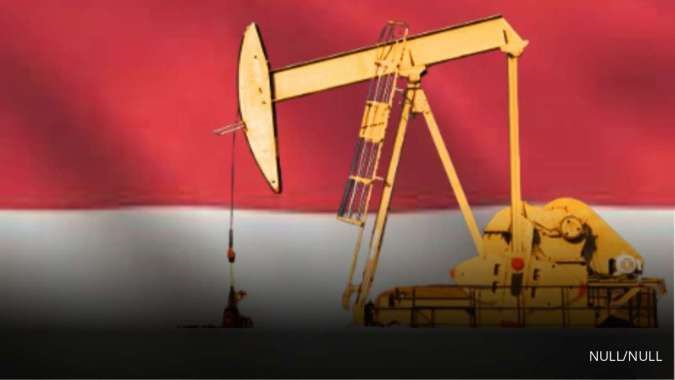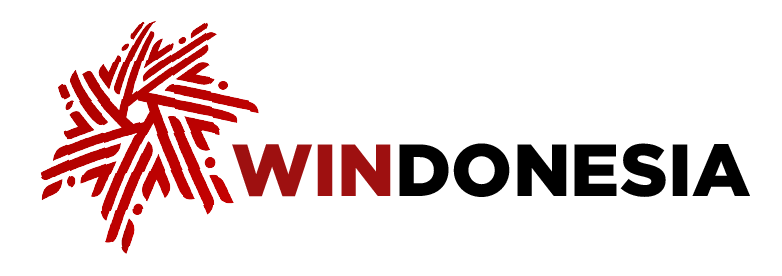News
Oil and Gas Lifting Target Adjusted Downwards
WINDONESIA May 27, 2024 An illustration of crude oil production based on profit sharing for Indonesia, ready for sale or oil lifting. (Kontan).
An illustration of crude oil production based on profit sharing for Indonesia, ready for sale or oil lifting. (Kontan).
The government has revised its oil and gas lifting target downward through the 2025 Macroeconomic Projection and Fiscal Policy Draft (KEM-PPKF). The oil target for 2025 is set at the 580,000 to 601,000 barrels per day (bpd) range, down from the 635,000 bpd goal for 2024, with gas lifting set at 1.00 to 1.04 million barrels of oil equivalent per day (BOEPD).
Finance Minister Sri Mulyani Indrawati attributed the reduction to ongoing geopolitical tensions during her speech at a House of Representatives plenary session. She also forecasted based on the KEM-PPKF that the Indonesian Crude Price (ICP) would range between US$75 and US$85 per barrel in 2025.
Oil production has only reached 576,000 bpd as of April 2024, the lowest level in 56 years and down from around 600,000 bpd previously. Current trends suggest that meeting the target set through the 2024 state budget will be challenging.
Upstream Oil and Gas Regulatory Special Task Force (SKK Migas) Program and Communication Divison Head Hudi Suryodipuro reported that oil production year-to-date (ytd) as of Apr. 15, 2024, was 576,000 bpd.
The production decline is due to flooding in Sumatra affecting several oil and gas contractors (KKKS) such as Pertamina Hulu Rokan, Pertamina Hulu Energi Kampar, Tiara Bumi, and Sele Raya Merangin Dua. The floods caused many exploration wells to shut down unexpectedly, and the KKKS are working to reactivate them.
The flooding also halted several drilling and well service activities, resulting in no contributions from those operations.
"We are still striving to meet the 2024 production target," Hudi said.
To boost production, SKK Migas is accelerating well reactivation and speeding up drilling and well maintenance.
Oil and Gas Companies Association (Aspermigas) Investment Committee Chairman Moshe Rizal warned that oil and gas production will continue to decline annually without new policies and initiatives from the government and KKKS.
He suggested that production could be enhanced through Enhanced Oil Recovery technology and increased long-term exploration activities.
"Accelerate exploration as quickly as possible and convert it to production immediately," Moshe said on May 23, 2024.
Moshe also noted that the oil and gas sector is no longer attractive to investors. Therefore, a breakthrough and revolution in Indonesia’s oil and gas industry are needed. The government should develop both fiscal and non-fiscal strategies to attract investment.
Separately, Universitas Gadjah Mada energy economics analyst Fahmy Radhi believes the lowered oil and gas lifting target is realistic.
"Historically, oil lifting has always been below the APBN target. Even though it has been lowered, I am not confident that next year's target can be achieved," Fahmy said on May 23, 2024.
He explained that the continuous decline in oil production and significant decreases in Indonesia’s oil reserves is what makes achieving the 2025 target difficult. New reserves, if found, are often in hard-to-access locations requiring substantial investment and advanced technology, usually in deep-sea basins.
Additionally, major investors have exited Indonesia’s oil and gas sector. The remaining investors are typically small, making exploration challenging.
"I think the target of 500,000 bpd is still hard to achieve," he noted.
However, Fahmy is optimistic about the KEM-PPKF gas lifting targets, which he believes are achievable due to large production volumes.

